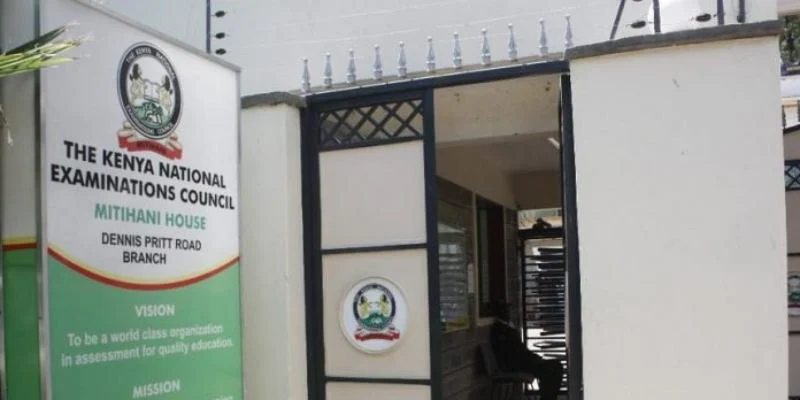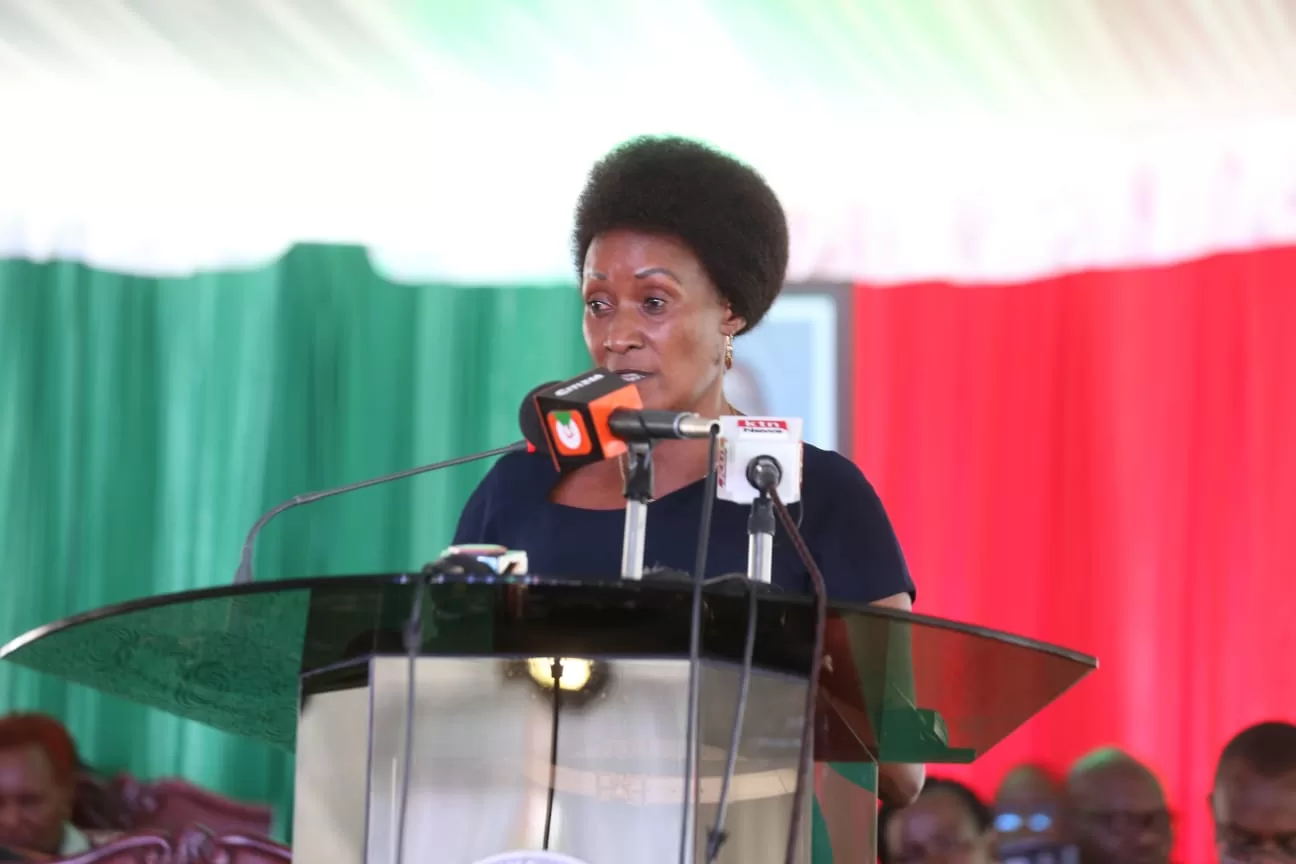KNEC Final Scoring Framework: KPSEA 20%, SBA 20%, KJSEA 60%
Table of contents
Structure of Learner Assessments
The Kenya National Examinations Council (KNEC) has outlined the assessment framework for primary and junior secondary learners ahead of their transition to senior secondary school.
These evaluations will integrate School-Based Assessments (SBA) and standardized national assessments, contributing to the total score for placement in senior secondary.
Learners will undertake SBAs in Grades 7 and 8, contributing 20% of their total score. These assessments are conducted annually during the second and third terms.
Term two assessments involve projects and practical work, while term three focuses on theoretical evaluations.
Primary Level Assessments
In primary school, learners will complete the Kenya Primary School Education Assessment (KPSEA) at the end of Grade 6 before transitioning to junior secondary.
KPSEA accounts for another 20% of the total score. Upon completing KPSEA, learners will proceed to junior secondary at Grade 7.
Join Teachers Updates on Facebook
Junior Secondary Evaluations
At the junior secondary level, learners will sit for the Kenya Junior School Education Assessment (KJSEA) in Grade 9, which contributes 60% to their total score.
This cumulative score, comprising 20% from SBAs, 20% from KPSEA, and 60% from KJSEA, will determine placement in senior secondary schools.
Transition to Senior Secondary in 2026
In 2026, the first Competency-Based Curriculum (CBC) cohort will transition to senior school for a three-year period covering Grades 10, 11, and 12.
At this stage, students will choose from three core learning pathways: Arts and Sports Science, Social Sciences, and Science, Technology, Engineering, and Mathematics (STEM).
Arts and Sports Science Pathway
The Arts and Sports Science pathway is divided into two tracks: Arts and Sports Science. In the Arts track, learners will study Music and Dance, Theatre and Film, and Fine Arts.
The Sports Science track will focus on Sports and Recreation and Physical Education. Nationwide, only 15% of learners will pursue this pathway.
Social Sciences Pathway
Social Sciences will accommodate 25% of learners and has two tracks: Languages and Literature and Humanities & Business Studies.
Subjects in the Languages and Literature track include Literature in English, Indigenous Languages, Kiswahili/Kenya Sign Language, Fasihi ya Kiswahili, Arabic, French, German, and Mandarin/Chinese.
Humanities and Business Studies will offer Christian Religious Education, Islamic Religious Education, Hindu Religious Education, History and Citizenship, Geography, and Business Studies.
STEM Pathway
The STEM pathway, set to enroll 60% of learners, is divided into three tracks: Pure Science, Applied Science, and Technical Studies.
Pure Science will cover Mathematics, Biology, Chemistry, Physics, and General Science. Applied Science includes Agriculture, Computer Science, and Home Science, while Technical Studies will feature Aviation, Building and Construction, Electricity, Metal Work, Power Mechanics, and Wood Work.
Future additions to Technical Studies will include Media Technology and Marine and Fisheries Technologies, as highlighted by the Kenya Institute of Curriculum Development.
Read Also: TSC to Commence January Interviews for Teacher Promotions
Placement Criteria for Senior Secondary
The Ministry of Education has detailed how learners will be placed into senior secondary schools. Students pursuing STEM subjects will primarily be absorbed into former national schools.
Extra County schools will specialize in Creative Arts and Sports, while Humanities will be offered across all county and sub-county schools.
This structure follows recommendations by a technical working group tasked with addressing concerns from parents and other stakeholders.
The revised framework reflects a comprehensive review aimed at refining the CBC implementation and ensuring a smooth transition for learners across education levels.
KNEC Final Scoring Framework: KPSEA 20%, SBA 20%, KJSEA 60%
Follow Teachers Updates on Facebook, LinkedIn, X (Twitter), WhatsApp, Telegram, and Instagram. Get in touch with our editors at [email protected].



Discussion about this post